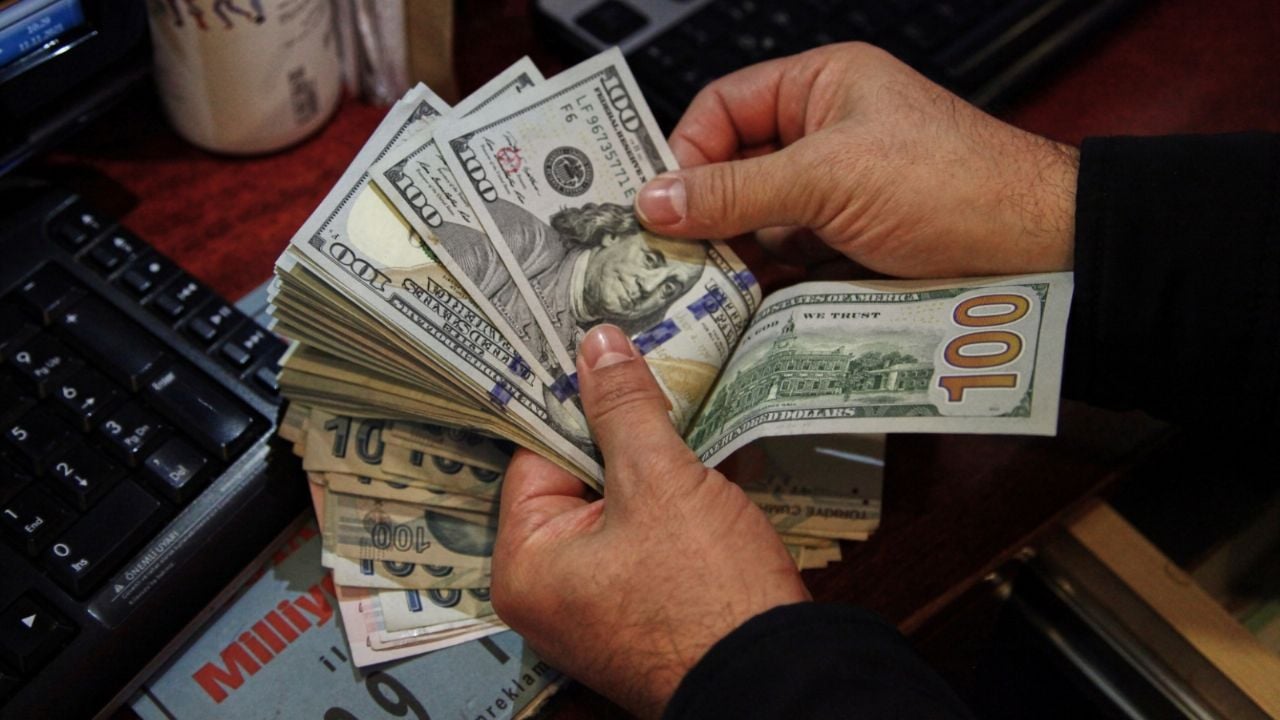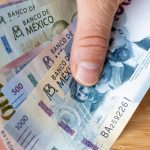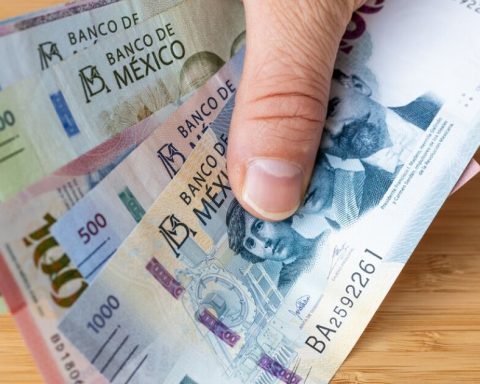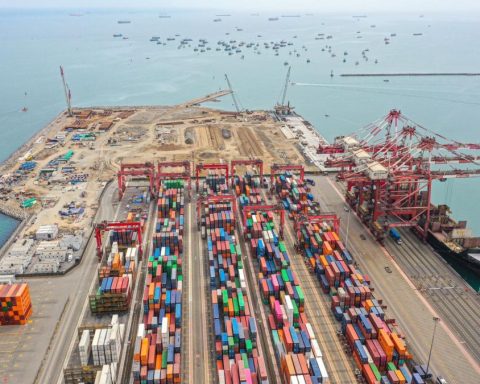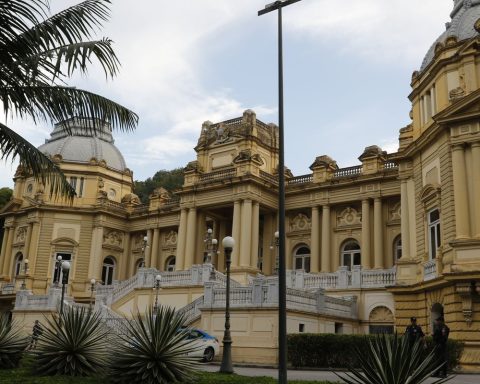The quote of the dollar Yesterday, the dollar showed significant variations both in the official market and in the parallel market, known as the blue dollar. These fluctuations reflect the continued economic uncertainty and tensions in the country’s foreign exchange market.
He dollar The official rate, which is the exchange rate controlled by the Central Bank of the Argentine Republic (BCRA), remained at high levels. For purchase, the official dollar was quoted at $933, while for sale it reached $973.
This exchange rate is used primarily for regulated commercial and financial operations, and its stability is crucial for the Argentine economy. The government has implemented various measures to control inflation and stabilize the official exchange rate, including restrictions on the purchase of foreign currency and the implementation of additional taxes for certain transactions in dollars.
However, these measures have also led to an increase in demand for dollars in the parallel market, where restrictions are less. dollar blue, which operates in the informal market, was quoted at $1,285 for purchase and $1,305 for sale.

Fountain: Dollar Today.
This exchange rate reflects the market’s perception of the Argentine economy and confidence in the local currency. The gap between the official dollar and the blue dollar has remained wide, indicating a strong demand for dollars in the parallel market due to economic uncertainty and foreign exchange restrictions.
Compared to the previous month, the blue dollar has shown a slight decline, with a difference of 7%. This decrease may be related to expectations of stricter economic policies and government intervention in the foreign exchange market.

Prices
This Wednesday, September 4th, the dollar The blue dollar is quoted at $1290 for purchase and $1310 for sale. Meanwhile, the official dollar is quoted at $933 for purchase and $973 for sale.. Fluctuations in the dollar exchange rate have a significant impact on the Argentine economy.
The wide gap between the dollar The low official rate and the blue dollar reflect the lack of confidence in the local currency and the economy in general. This situation generates inflationary pressures, since many prices of goods and services are dollarized, and affects the ability of companies to plan and make investments.
